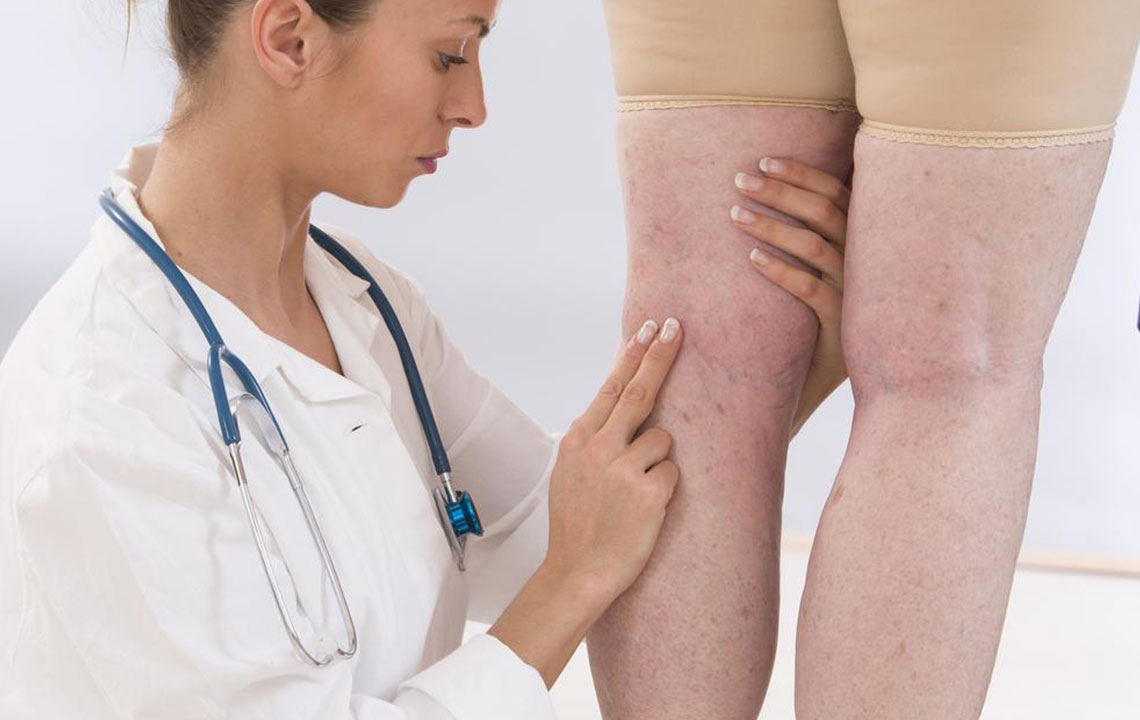Effective Treatment for Varicose Veins
The varicose veins are the blood vessels which carry the blood back from the legs to the heart. Many times you must have noticed the blue gnarled veins under the skin. This could probably be a varicose vein disorder. The National Institute of Health reveals that 60% of men and women suffer from the varicose vein problem.
Varicose veins disorder starts with the development of spider veins. The spider veins are the soft red and blue tracing of veins that appear on the skin. They look similar to spider webs. Exposure to the sun breaks down the collagen level and worsens the problem caused by spider veins.

The varicose vein disorder can be caused by several factors. Hormone disorders play a big part in the occurrence of varicose vein disorder. Birth control pills, puberty, menopause, pregnancy, and the consumption of estrogen and progesterone result in the weakening of vein valves.
In pregnant women, blood circulation is increased to make sufficient blood available for the mother and fetus. This causes the veins to bulge. Sitting for longer time intervals on thighs obstructs the blood return to the heart. Generally, the varicose veins that arise during pregnancy subside after three months of delivery. Standing for long hours, aging, and excess weight gain are other causes of the varicose veins.
There are many treatments for varicose veins. Luckily, varicose vein treatment doesn’t involve bed rest and hospital stay. This is because varicose vein treatment involves less invasive procedures.
Varicose vein treatment methods
Sclerotherapy
A solution that closes the varicose veins is injected into the varicose veins. The varicose veins fade in a couple of weeks. This varicose vein treatment isn’t painful and can be administered without anesthesia.
Foam sclerotherapy
A foam solution is injected into the larger veins to close the vein.
Vein stripping and ligation
It is primarily an outpatient procedure. The vein is tied to prevent it from joining with a deeper vein. The tied vein is removed with the help of small incisions. The removal of a small vein doesn’t impact the blood circulation as the larger veins ensure appropriate flow of blood.
Catheter-assisted procedures
A thin tube called catheter is inserted into the large varicose veins. The tips of the catheter are heated using laser energy or radio frequency waves. The doctor slowly pulls out the catheter. The emitted heat collapses the varicose veins and closes them.
Endoscopic vein surgery
The endoscopic vein surgery is effective when the varicose vein problem is severe. A video camera is placed in the leg to closely monitor the varicose veins. It is the most viable varicose vein treatment for people suffering from leg ulcer. The infected veins are removed with incisions.
Laser surgery
Strong beams of laser light are passed onto the veins. This causes the varicose veins to gradually fade. It is an effective technique to treat the spider veins and varicose veins. The varicose vein treatment doesn’t require needles or incisions.
Ambulatory phlebectomy
The skin is punctured to remove the varicose veins. The procedure is carried out by numbing the leg part to be treated. This varicose vein treatment doesn’t leave any scarring.
Apart from the varicose vein treatment methods mentioned above, you can try the below-mentioned approaches.
Physical exercises
The higher the movement, the higher will be the blood circulation. Therefore you must engage in physical activities regularly. This allows the blood in the damaged veins move back to the heart. You can try exercises such as yoga, stretching, swimming, cycling, and walking. The calf muscles are relaxed during these physical activities.
Care
Take good care of yourselves. Avoid wearing tight-fitting clothes. Make it a habit to exercise regularly. Don’t sit or stand for too long in the same postures. Simple lifestyle changes can reduce the occurrence of varicose veins and alleviate pain.
Compression stockings
The compression stocking squeezes the legs and ensures that the blood flows efficiently through the veins. You can buy compression stockings from medical stores and wear them regularly.
Nutrition changes
Make small changes to take good care of the vein health. Food rich in fiber must be added to the daily nutrition regime. Some of them are oats, wheat, peas, grains, beans, carrot, broccoli, plums, cauliflower, and flaxseeds. Fiber improves bowel movements and reduces the pressure to pass stools, which could otherwise impact the vein valves.
Lack of potassium causes the water retention that exerts high pressure on the veins. Include foods rich in potassium such as bananas, salmon, tuna, almonds, chicken, potatoes, lentils, white beans, yogurt, and oranges to your daily meals.
Foods with flavonoids allow the veins to relax and function properly. Some of the foods rich in flavonoids are apple, spinach, onions, and cocoa.
The above treatments help treat the varicose veins. When you trace the symptoms of the disorder in the early stages you must contact your doctor.


